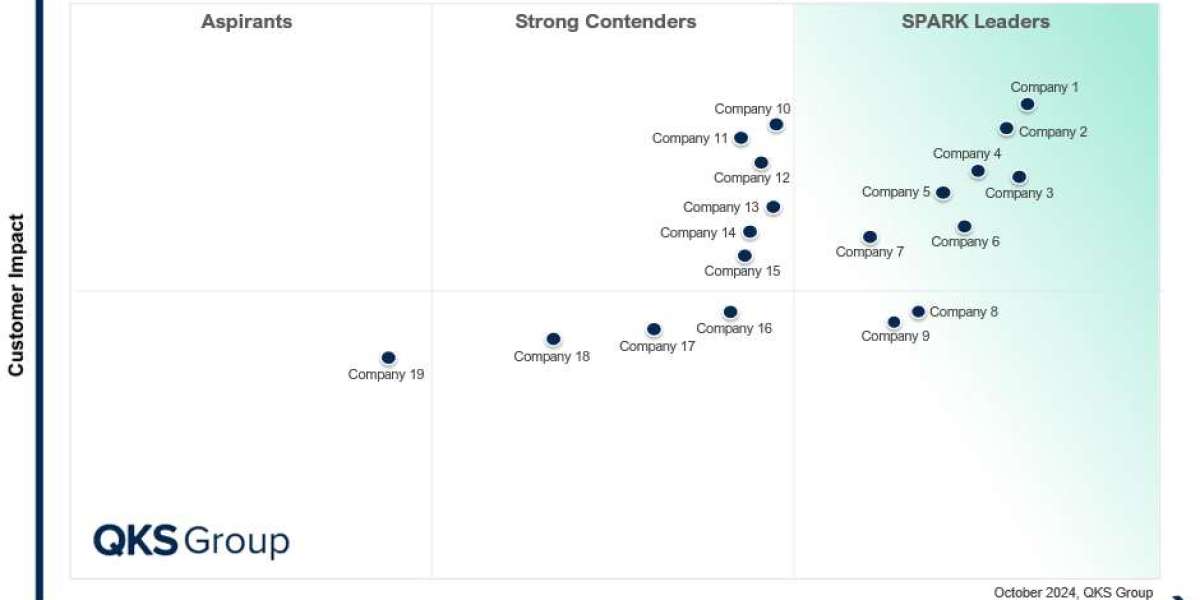In the digital era, content is no longer just a static asset — it’s a strategic driver of innovation, productivity, and customer experience. As organizations across industries embrace digital transformation, the need to manage, analyze, and leverage content intelligently has never been more critical.
This evolution has given rise to the Content Services Platform (CSP) — the next-generation successor to traditional Enterprise Content Management (ECM) systems. While ECM primarily focused on storing and organizing information, CSPs go much further. They enable intelligent automation, seamless collaboration, and data-driven decision-making — transforming content from a passive repository into an active enabler of business growth.
From ECM to CSP: A Paradigm Shift in Content Strategy
For years, ECM systems served as the foundation for digital document management. They helped businesses move away from paper-based processes and store information in digital formats. However, these systems were often rigid, siloed, and difficult to scale in today’s fast-paced digital environment.
Enter Content Services Platforms — dynamic, cloud-native systems that integrate content across business functions and technologies. Unlike traditional ECM, CSPs are modular, flexible, and API-driven, designed to work seamlessly across modern digital ecosystems.
This shift represents more than just a technological upgrade. It’s a strategic transformation that allows organizations to unlock the full potential of their data, automate workflows, and deliver intelligent insights across the enterprise.
How CSPs Empower the Digital Enterprise
Modern CSPs are built around three key pillars — connectivity, intelligence, and scalability. Together, they enable organizations to bridge content silos, boost efficiency, and drive innovation.
- AI and Machine Learning: Turning Content into Intelligence
Artificial intelligence (AI) and machine learning (ML) are at the core of modern CSPs. These technologies automatically classify, tag, and index content, reducing manual effort while increasing accuracy.
For example:
- AI-powered search allows employees to find relevant documents instantly, even if they don’t know the exact file name or location.
- Machine learning models detect patterns, identify duplicates, and extract critical data for faster decision-making.
By converting unstructured data into structured insights, CSPs transform content into a strategic business asset.
- Intelligent Automation and Workflow Orchestration
CSPs enable end-to-end automation of document-centric processes such as approvals, claims, or onboarding. Integrated with robotic process automation (RPA) tools, they eliminate repetitive manual work, allowing teams to focus on high-value activities.
Imagine a global financial institution processing thousands of contracts daily. A CSP can automatically:
- Capture and validate contract data
- Route it through predefined workflows
- Notify the right stakeholders for review and approval
- Maintain full compliance and audit trails
The result? Faster turnaround times, fewer errors, and enhanced compliance — all achieved through intelligent automation.
- Cloud-Native Flexibility and Scalability
Today’s businesses operate in hybrid and distributed environments. Cloud-native CSPs allow organizations to scale seamlessly, supporting both remote and global teams.
They ensure business continuity, high availability, and data redundancy, while reducing infrastructure costs.
Additionally, cloud-based CSPs enable real-time collaboration — employees can co-author documents, share content securely, and work together from anywhere in the world.
The Security and Compliance Advantage
In an era of increasing data privacy regulations, Content Service Platform (CSP) bring robust security frameworks and built-in compliance features that far exceed legacy ECM capabilities.
Features like role-based access control (RBAC), data encryption, and audit trails ensure that sensitive information remains protected at all times.
CSPs also help organizations comply with global standards such as GDPR, HIPAA, and ISO, automating document retention policies and consent tracking to reduce compliance risks.
By combining automation with transparency, CSPs enable organizations to strike the perfect balance between security and agility.
Integrating CSPs Across the Enterprise Ecosystem
The modern enterprise ecosystem runs on interconnected applications — CRM, ERP, HR, and project management tools, to name a few. CSPs are designed to integrate effortlessly with these systems using APIs and microservices.
For instance, integrating a CSP with Salesforce can help sales teams access customer contracts or proposals without leaving their dashboard. Similarly, HR departments can automate employee documentation workflows through integration with HR management systems.
This connected content strategy eliminates duplication, improves data visibility, and enhances collaboration across departments.
The Future of Content Services Platforms
As digital transformation accelerates, the role of CSPs will continue to expand. The next generation of platforms will harness predictive analytics, AI-driven recommendations, and edge computing to deliver even greater value.
Future CSPs will not only manage content but predict user needs, suggest relevant documents, and optimize workflows in real-time. They’ll serve as the intelligent backbone of digital enterprises, driving smarter, faster, and more adaptive business operations.
Furthermore, as organizations prioritize sustainability, cloud-native CSPs help reduce data center footprints and energy consumption — aligning digital strategies with ESG goals.
Conclusion: CSPs as the Core of Digital Transformation
The transition from ECM to CSP represents a fundamental evolution in how organizations think about content. No longer confined to document storage, CSPs are transforming content into intelligence — fueling automation, compliance, and collaboration at scale.
By embracing AI, cloud, and automation, businesses can leverage Content Service Platform (CSP) to simplify complexity, boost productivity, and gain a competitive edge. As the digital landscape continues to evolve, those who invest in intelligent content platforms today will be best positioned to lead tomorrow’s innovation.
In essence, CSPs are not just managing content — they are empowering the future of digital business.



